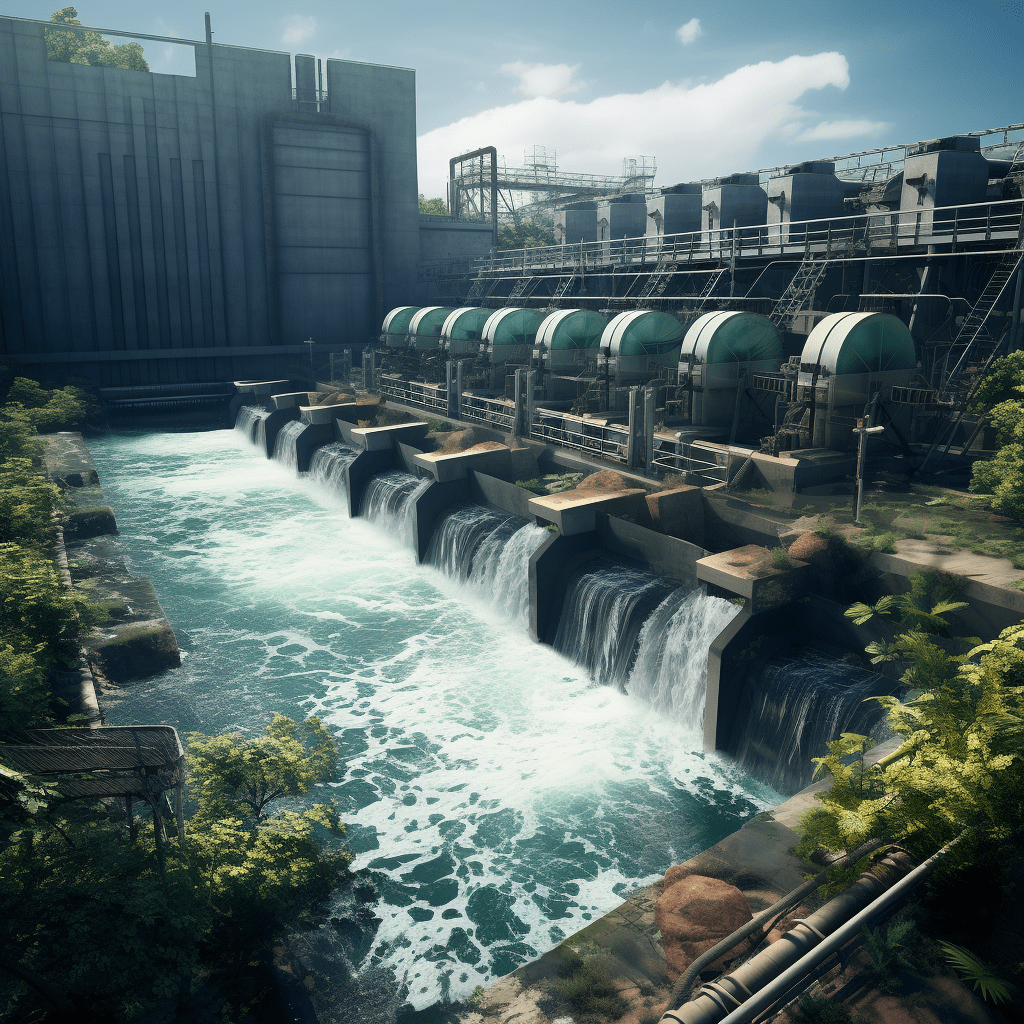Hydroelectric power plays a pivotal role in Italy’s transition to a clean energy future, contributing significantly to the country’s renewable energy landscape. As the oldest form of renewable energy in Italy, hydropower accounts for approximately 40% of the total renewable energy production. This sector not only supports energy independence but also aligns with Italy’s climate goals.
How Has the Historical Context Shaped Hydroelectric Power in Italy?
Italy’s journey with hydroelectric power began in the late 19th century, establishing itself as a leader in hydraulic technology. The first hydroelectric plant was inaugurated in 1895, marking the beginning of a significant reliance on this renewable source. By the mid-20th century, hydropower was responsible for over 87% of electricity generation, laying a strong foundation for industrial growth. However, as fossil fuels became more prevalent, hydropower’s share declined, necessitating a renewed focus on modernization and sustainability.Chart: Historical Contribution of Hydropower to Italy’s Electricity Generation
| Year | Percentage Contribution |
|---|---|
| 1900 | 87% |
| 1960 | 50% |
| 1980 | 25% |
| 2023 | 40% |
What Is the Current Contribution of Hydropower to Italy’s Energy Mix?
As of 2023, hydropower contributes about 40% of Italy’s total renewable energy output, generating approximately 50 TWh annually. This makes it the leading source among renewables, surpassing wind and solar power. The total installed capacity for hydropower stands at around 18.94 GW, with large plants producing three quarters of this energy. The consistent output from these plants is crucial for maintaining energy stability.Chart: Current Energy Mix in Italy
| Source | Percentage Contribution |
|---|---|
| Hydropower | 40% |
| Wind | 30% |
| Solar | 20% |
| Biomass | 10% |
Why Is Regional Distribution Important for Hydropower Production?
The geographical features of northern Italy, particularly the Alps and Apennines, are ideal for hydropower generation. Approximately 80% of hydropower plants are located in these regions due to their abundant water resources and elevation changes that facilitate energy production. This regional concentration allows for efficient energy generation but also poses challenges related to environmental impact and local ecosystems.
How Are Major Hydropower Plants Impacting Renewable Energy Goals?
Italy is home to several major hydropower plants, including the Luigi Einaudi plant in Piedmont, which has a capacity of 1,065 MW, meeting significant regional energy needs. These large facilities are crucial not only for meeting current electricity demands but also for achieving future renewable energy targets set by the government. With plans to increase renewable sources to cover 39.4% of gross energy consumption by 2030, these plants will play an essential role.
What Challenges Does the Hydropower Sector Face in Italy?
Despite its advantages, the hydropower sector faces several challenges:
- Aging Infrastructure: Many plants are over 70 years old, leading to decreased efficiency.
- Climate Change: Variability in water availability due to climate impacts can affect generation capacity.
- Environmental Regulations: Compliance with EU directives on environmental protection can complicate new developments.
Addressing these challenges through modernization and sustainable practices is critical for maintaining hydropower’s role in Italy’s energy landscape.
What Future Opportunities Exist for Enhancing Hydroelectric Power?
The potential for growth within Italy’s hydropower sector is significant. Experts estimate that modernizing just one-third of existing plants could yield an additional 10% increase in annual energy production by the end of this decade. Additionally, there is growing interest in developing mini-hydroelectric projects that can provide localized energy solutions while minimizing environmental impact.Latest News
Recent reports indicate that renewable energy production from hydroelectric sources has surged by 64.8% during the first half of 2024 compared to previous years. This growth highlights a broader trend where renewables now fulfill nearly 43.8% of Italy’s energy demand, surpassing fossil fuels for the first time. The Italian government continues to emphasize investments in hydropower as part of its National Energy and Climate Plan.Editor Comment
“Hydroelectric power remains a cornerstone of Italy’s renewable strategy,” says Dr. Marco Rossi, an energy analyst. “While we face challenges from aging infrastructure and climate variability, investing in modernization can unlock significant potential for sustainable growth.”
FAQ Section
Q1: What percentage of Italy’s electricity comes from hydroelectric power?
A1: Approximately 40% of Italy’s total renewable electricity is generated from hydroelectric power.Q2: What are some major challenges facing hydropower in Italy?
A2: Key challenges include aging infrastructure, climate change impacts on water availability, and stringent environmental regulations.Q3: How can modernizing existing hydroelectric plants benefit Italy?
A3: Upgrading existing facilities could increase annual energy production by nearly 10%, enhancing overall efficiency and sustainability.



